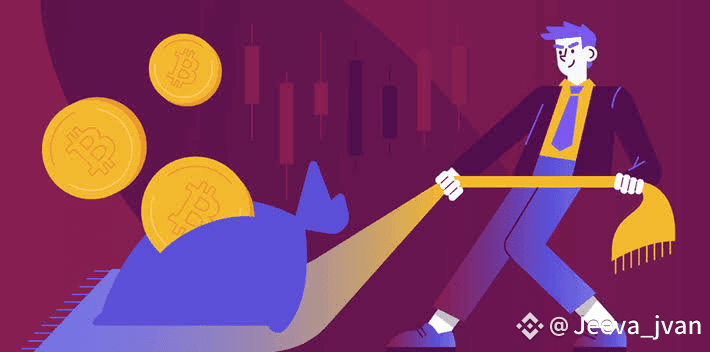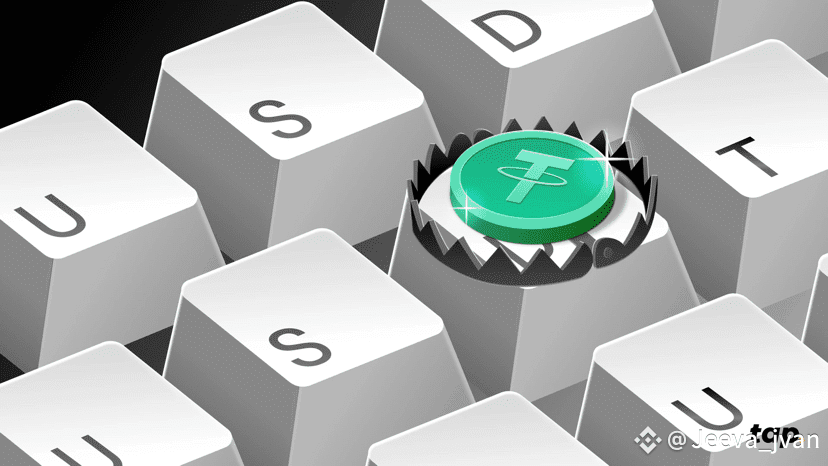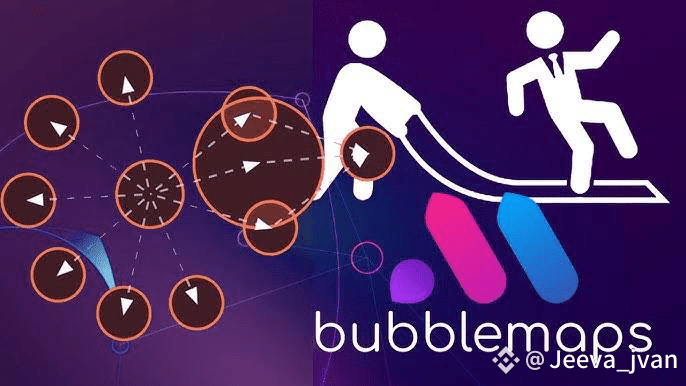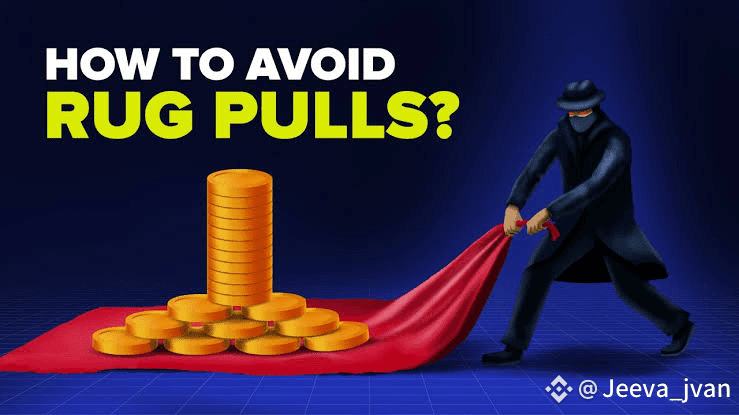I’ve been in crypto long enough to know the risks, but this time, I almost walked straight into a trap. I was about to invest a good chunk of my USDT into a new token that looked promising — flashy website, active Telegram, and a big marketing push. Everything seemed fine… until I decided to take a closer look with Bubblemaps.
Step 1 – The First Red Flag
When I opened the project’s token page on Bubblemaps, the first thing I noticed was how few wallets controlled the majority of tokens. Instead of being spread across hundreds of holders,  most of the supply was sitting in a tight cluster of wallets. That’s a bad sign — it usually means the team or insiders hold too much control. If they sell, the price will crash instantly.
most of the supply was sitting in a tight cluster of wallets. That’s a bad sign — it usually means the team or insiders hold too much control. If they sell, the price will crash instantly.
Step 2 – Hidden Wallet Connections
Bubblemaps didn’t just show me who had the tokens — it visually linked wallets together. I saw that several “different” holders were actually connected through multiple transactions, meaning they were likely controlled by the same people. It was clear: this wasn’t a community-driven project. It was a ticking time bomb.
I saw that several “different” holders were actually connected through multiple transactions, meaning they were likely controlled by the same people. It was clear: this wasn’t a community-driven project. It was a ticking time bomb.
Step 3 – Why This Matters for USDT Safety
If I had ignored Bubblemaps and gone ahead, I might have put thousands of USDT into a token that could have been dumped within hours.  In a rug pull, the insiders drain liquidity, and investors are left holding worthless tokens. Bubblemaps gave me the information in minutes, before I risked my funds.
In a rug pull, the insiders drain liquidity, and investors are left holding worthless tokens. Bubblemaps gave me the information in minutes, before I risked my funds.
Step 4 – Simple Lessons for Every Investor
Always check token distribution before investing.
Look for wallet clustering — too many tokens in connected wallets is dangerous.
Don’t be fooled by hype; data doesn’t lie.
Use Bubblemaps regularly — it’s free and only takes a minute.

Final Thoughts
That day, Bubblemaps didn’t just save my USDT — it reminded me that in crypto, transparency is your best weapon. Tools like Bubblemaps turn complex blockchain data into simple visuals, so anyone, even without coding skills, can spot potential scams. Now, I never invest without checking the bubbles first.